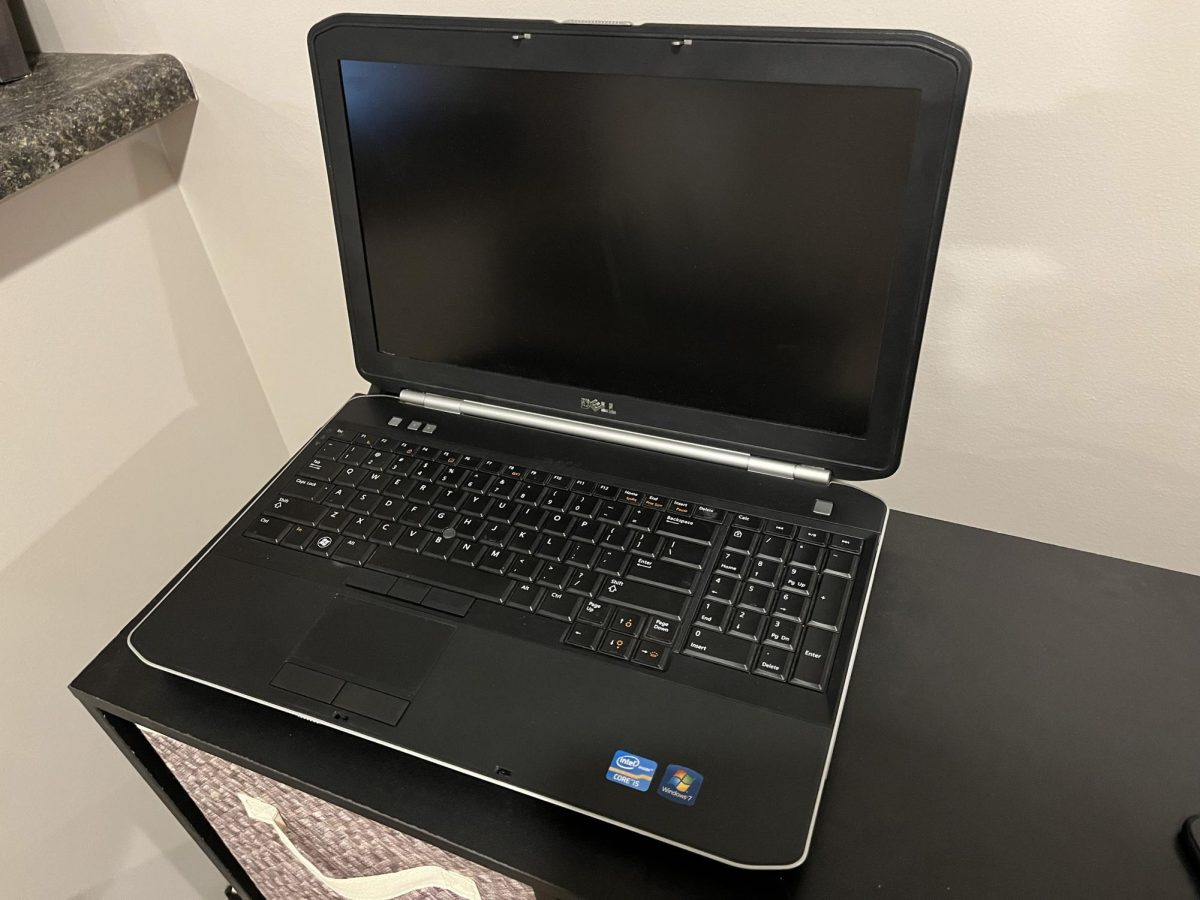It’s no secret that Apple Macintosh laptops (Macs) are expensive and difficult to repair on top of having a steep price tag that rivals high-end workstation desktops. Though the power, design and specifications are worth the price, Apple’s anti-repair tactics and software limitations have some tech enthusiasts concerned.
Apple’s new M1, M2, and recently launched M3 Macs use an incredibly powerful system on a chip (SOC) to drive graphics, processing and store files through a built-in SSD and RAM. This means they are incredibly fast, as everything happening on one chip means data has to travel shorter distances versus going between different components that can be up to a foot away from the processor.
However, this increase in speed comes at a significant cost. If everything is built into one chip, it becomes impossible to upgrade memory and storage. While the new Macs have an additional slot for storage, it’s locked down to only allow a small selection of very expensive storage solutions. Additionally, in five to 10 years, these Macs will become obsolete due to their nonexistent upgradability.
But it’s not just Macs doing it. Cheaper (Sub $200 new) Windows and Chrome laptops cut costs by removing the option to upgrade memory. Coupled with an already weak processor, these laptops become obsolete within two to three years and simply become E-Waste unless one has the technical knowledge to install a system known as Linux or a cut down version of Windows.
PV alum Isaiah Steele believes that it’s up to the consumer to choose a good, durable and repairable laptop in a sea of difficult to repair options. He uses a Lenovo Thinkpad T480, a six year old computer with the option to add an external battery, replaceable keyboard, trackpad, screen and more. He explains, “I use a Lenovo laptop because they’re repair-friendly. If something in a MacBook breaks, odds are Apple has made the repair very costly and tried to prevent individuals from accessing replacement parts. That turns a valuable machine into e-waste overnight.”
Steele believes sacrificing power for repairability is worth it in the long run, meaning he will spend far less on his computer than the average Mac owner would.
Junior Will Rages is also interested in easily repairable computers. However, he needs a significant graphics card and a recent processor to render animations and physics, something the T480 severely lacks. He found the Framework laptop, a computer designed to last forever with the previously unheard of option to upgrade the mainboard to a newer processor generation three or four years down the road.
“When looking into a new laptop, I didn’t want to run into the same problem all of my past laptops have run into. My current laptop has a heating issue, but in order to fix that, I would have to desolder and disassemble a lot of the laptop, which is not feasible. Framework laptops do not have this issue, as they are designed to be easy to repair. I was also thinking that it would save me money in the long run, because when I want to upgrade my cpu, ram, graphics card, etc, I will be able to do it easily and without voiding my warranty.” he explained.
PV Computer Science teacher Jason Landa is also a computer hardware enthusiast. He notes, “Some brands are much more easy to repair than others, most budget friendly laptops are expendable and get thrown away. Macs have their storage and memory soldered in, which makes it very difficult to customize your computer on your own. It comes down to what you’re using the laptop for.”
Because the Apple Mac switched to ARM (A system once reserved for only the cheapest of computers due to lack of repairability) modern Macs can be expected to be completely useless due to lack of support 10 or so years down the road.
With Macbooks now making up 30% of computer operating systems, one must make a decision to purchase a repair-friendly laptop or face the high cost of planned obsolescence. To make a difference and to buy a sustainable laptop, recommended manufacturers include Lenovo, Framework and System 76.









